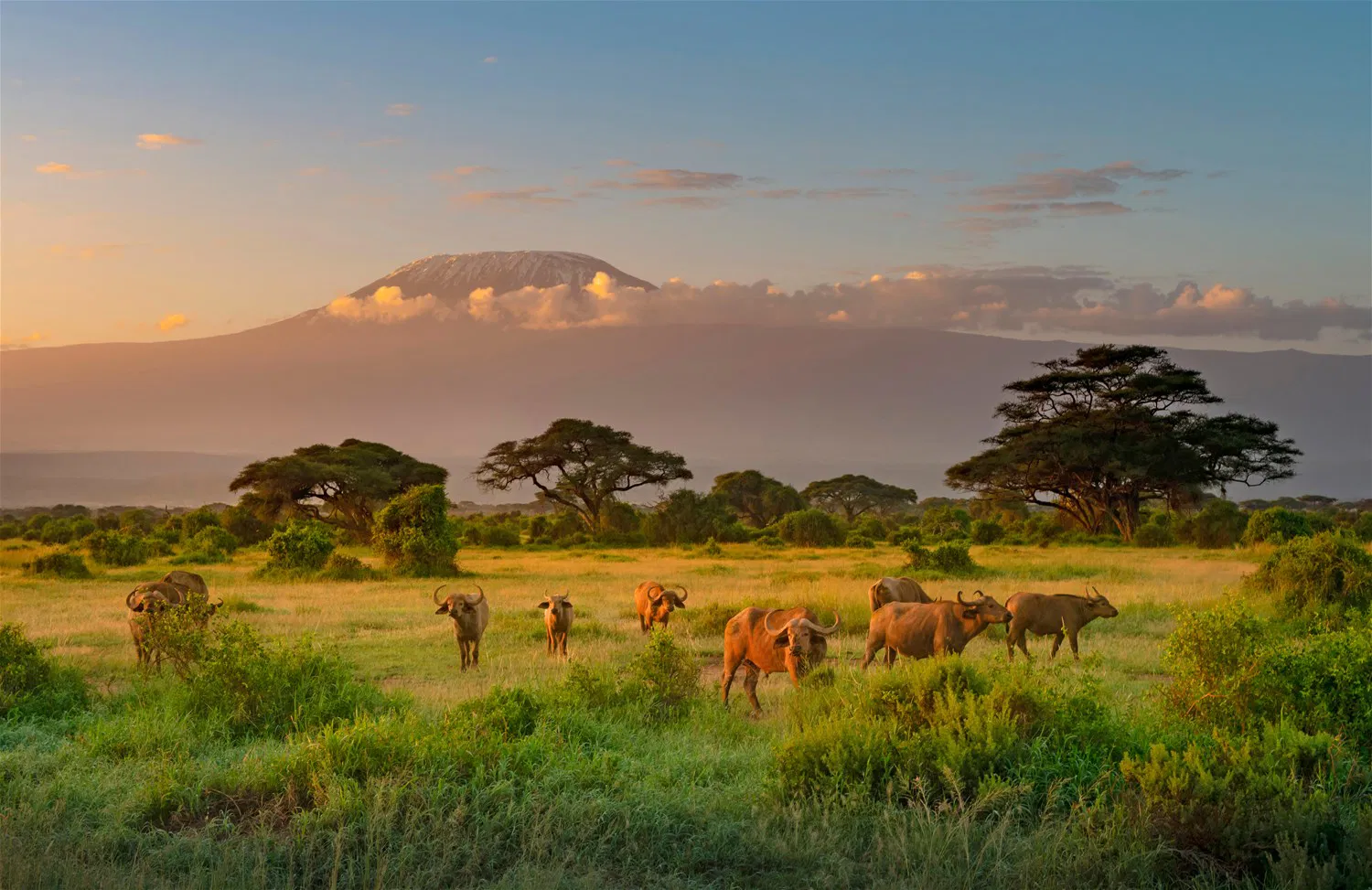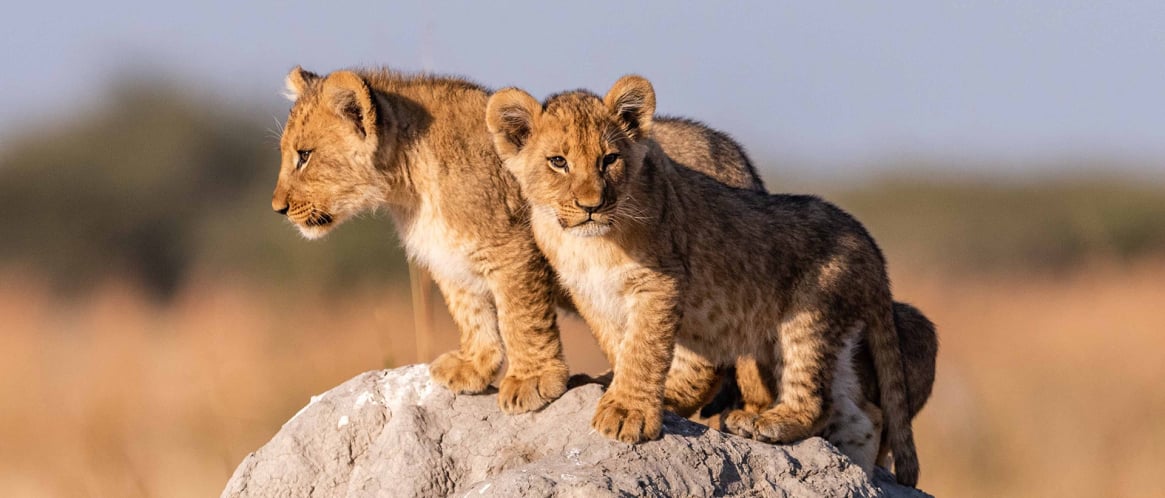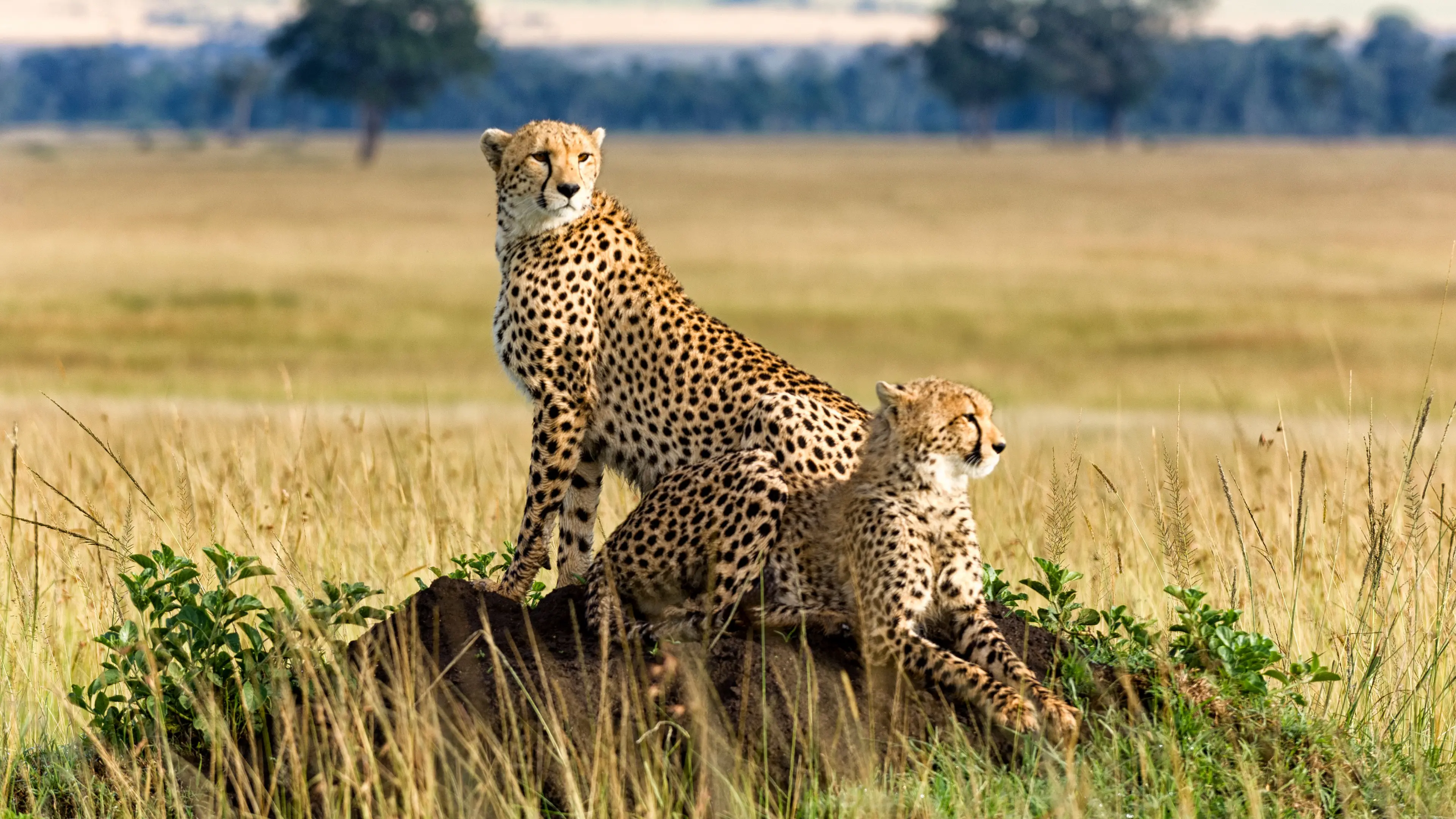
Kenya is a jewel of East Africa, celebrated worldwide for its vibrant wildlife and breathtaking landscapes. For many travelers, Kenya represents the quintessential African safari experience, a land where the natural world unfolds in all its magnificence. Tourism plays a vital role in Kenya’s economy, drawing millions of visitors every year who come to witness some of the most incredible wildlife spectacles on the planet.
One of the most famous wildlife events anywhere in the world is the Great Migration, which takes place annually between the Serengeti ecosystem in Tanzania and Kenya’s Maasai Mara National Reserve. Over 1.5 million wildebeest, along with hundreds of thousands of zebras and gazelles, follow an ancient pattern of movement in search of fresh grazing lands. This epic journey allows visitors to see dramatic river crossings teeming with crocodiles, as well as intense predator-prey interactions involving lions, cheetahs, and leopards. The Maasai Mara is perhaps Kenya’s most iconic protected area and a symbol of the country’s wild heart.

